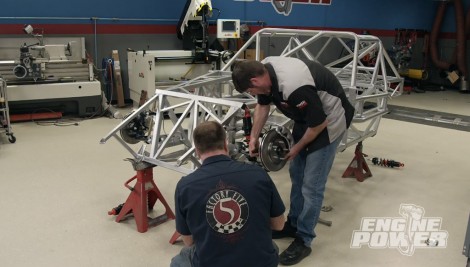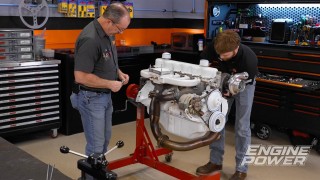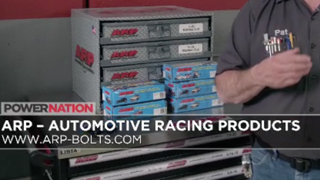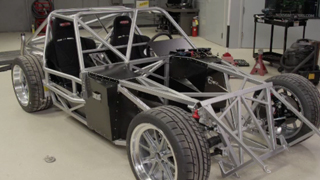
Building a Dyno Test Sled from a Race Car Chassis
Using a custom-built Factory Five chassis, we’re building a vehicle for in-depth, on-road engine testing.
Season 6
Episode 11
Hosts: Mike Galley, Pat Topolinski
First Air Date: May 12, 2019
Duration: 20 minutes 23 seconds












































